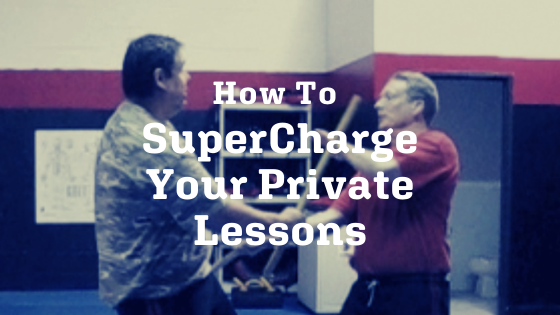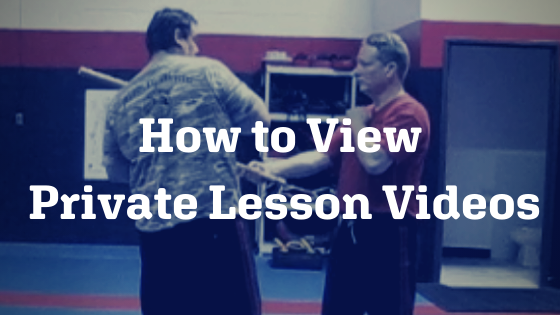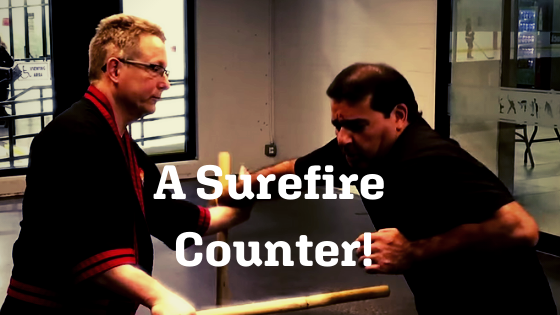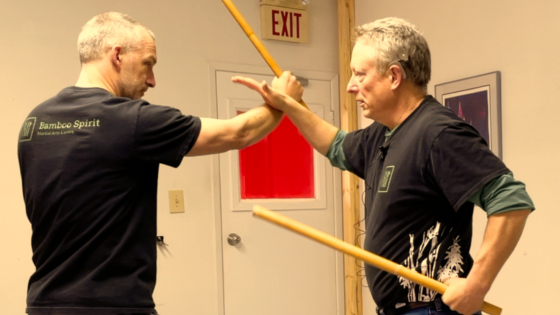How to SuperCharge Your Private Lessons
Previously, I’ve posted about the 7 Killer Reasons to Take Private Lessons.
Once you start getting into private lessons, how do you maximize them? In this article, I discuss how to supercharge your private lessons. If you have the opportunity to pursue a private lesson or series of ongoing private lessons, it probably would be a good idea to prepare for the class in advance.
When you go on a road trip to an unfamiliar location, it would be prudent to map out the route to know how to get there. You wouldn’t get into a car without directions and just drive aimlessly hoping to find the destination. You should apply the same philosophy when approaching a private lesson.

Ideally, you and the instructor should have a plan for the private lesson.
Usually, I will determine what the student needs to work on. On the other hand, they may have some questions. Or it can be a combination of both. A private lesson where the instructor and the student are groping in the dark can lead to disaster and, at best, an aimless waste of time. As the student, it would behoove to be prepared and to know how to get the most out of a private lesson. Here are some ways to supercharge your private lesson:
(1) Prepare with questions: A mental list of questions or a notebook with questions. Be detailed with your questions as that will tighten the lesson’s focus. If the instructor asks you what your focus is, it is not helpful to say “anything/everything.” Remember, it’s better to have a map than not to have a plan.
(2) Take notes afterward: During the lesson, jot down quick notes that can jog your memory after the session ends. Immediately after the lesson, open your notebook and write down your notes, especially with new material, a fresh take on pre-existing material, or tweaks in your technique.
(3) Video the private lesson: Ask the instructor for permission. If utilized correctly, this can be a tremendous tool for self-analysis. The potential for improvement exponentially increases if you know how to use video editing software to break the video into slow-motion segments.
I have had numerous privates with Master Chuck Gauss over the years, and I often have, with his permission, videoed our sessions and cut them up into slow-motion segments to study. This is tremendous in your development as a martial artist.
If you are not able to view this video, click here.
The legendary Maestro Sonny Umpad often filmed private lessons with his students and gave them videos afterward to study.
(4) Ask for a review at the end: It’s wise to ask the instructor in the last few minutes of a private lesson to review the covered material. A review is tremendously useful not only for the student but also for the instructor. The instructor will be able to remember when he taught and set the stage for the next lesson.
(5) Go with the Flow: while you may come prepared with questions, be ready for the instructor to take the lesson on a different tangent. For example, I may have watched you in class and determined we need to work on specific material. I may say, “Hey, I’ve noticed something that you’ve been doing, and I want to work on it.”
If you are not able to view the video, click here.
(6) Practice the new material: What’s the point of a private lesson if you don’t practice what you have learned? Either visualize the new material regularly or find a training partner to practice the material. This will serve to solidify the lessons learned in the session with the instructor.
For those of you who have participated in private lessons, do you have any tips to add to this list? Let’s hear them!
Additional Reading
- 7 Killer Reasons To Take Private Lessons
- How To View Private Lesson Videos
- Home
- Self Permission
- The 10 Best Martial Arts
Share this post:
- Click to share on Twitter (Opens in new window)
- Click to share on Facebook (Opens in new window)
- Click to share on LinkedIn (Opens in new window)
- Click to share on WhatsApp (Opens in new window)
- Click to share on Nextdoor (Opens in new window)
- Click to share on Pinterest (Opens in new window)
- Click to email a link to a friend (Opens in new window)
Brian Johns
Related Posts
3 Comments
Leave a Reply Cancel reply
Categories
- Arnis/Kali/Eskrima (113)
- Book Review (8)
- DVD Reviews (3)
- Guest Post (4)
- Inspiration (24)
- Martial Arts (99)
- My story (92)
- Safety (14)
- Tips & tricks (6)
- Uncategorized (3)
- YouTube Videos (8)






[…] lunch, I headed over to the Stronger You dojo for an hour and a half private lesson session with Sensei Mark, who wanted to review some of the material from the recent Michigan Camp. We […]
[…] Those who practice martial arts have different preferences regarding retaining material from a private lesson. […]
[…] I watch tons of videos. I analyze the technique being taught using the slow-motion function of a DVD player. Video has […]